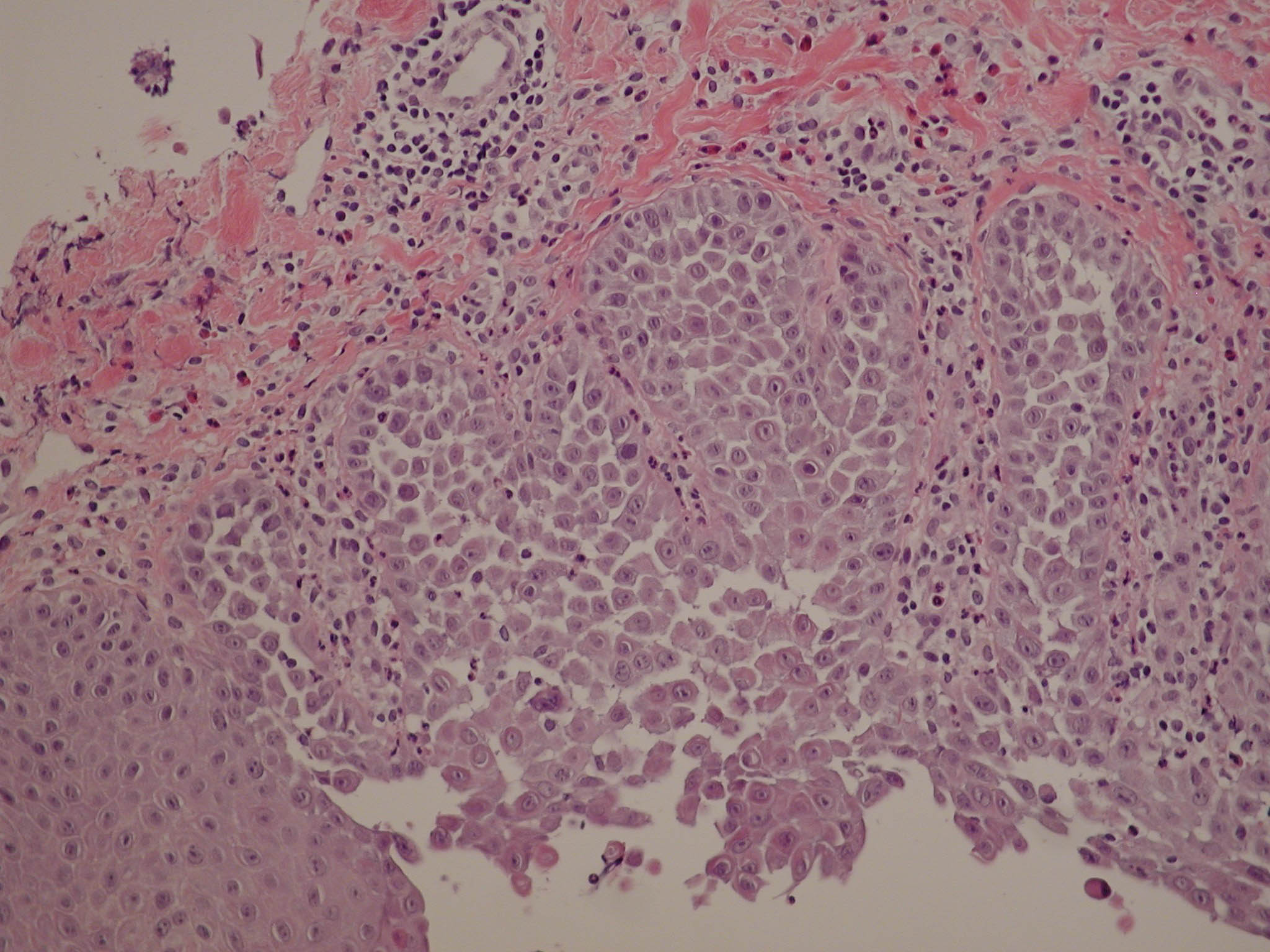Cell Calcium. 2003 Aug;34(2):157-62.
Source
Laboratorium voor Fysiologie, K U Leuven Campus Gasthuisberg O/N, Herestraat 49, 3000 Leuven, Belgium.
Abstract
Mutations in the ubiquitously expressed secretory-pathway Ca(2+)-ATPase (SPCA1) Ca(2+) pump result in Hailey-Hailey disease, which almost exclusively affects the epidermal part of the skin. We have studied Ca(2+) signaling in human keratinocytes by measuring the free Ca(2+) concentration in the cytoplasm and in the lumen of both the Golgi apparatus and the endoplasmic reticulum. These signals were compared with those recorded in SPCA1-overexpressing and control COS-1 cells. Both the sarco(endo)plasmic-reticulum Ca(2+)-ATPase (SERCA) and SPCA1 can mediate Ca(2+) uptake into the Golgi stacks. Our results indicate that keratinocytes mainly used the SPCA1 Ca(2+) pump to load the Golgi complex with Ca(2+) whereas the SERCA Ca(2+) pump was mainly used in control COS-1 cells. Cytosolic Ca(2+) signals in keratinocytes induced by extracellular ATP or capacitative Ca(2+) entry were characterized by an unusually long latency reflecting extra Ca(2+) buffering by an SPCA1-containing Ca(2+) store, similarly as in SPCA1-overexpressing COS-1 cells. Removal of extracellular Ca(2+) elicited spontaneous cytosolic Ca(2+) transients in keratinocytes, similarly as in SPCA1-overexpressing COS-1 cells. With respect to Ca(2+) signaling keratinocytes and SPCA1-overexpressing COS-1 cells therefore behaved similarly but differed from control COS-1 cells. The relatively large contribution of the SPCA1 pumps for loading the Golgi stores with Ca(2+) in keratinocytes may, at least partially, explain why mutations in the SPCA1 gene preferentially affect the skin in Hailey-Hailey patients.
